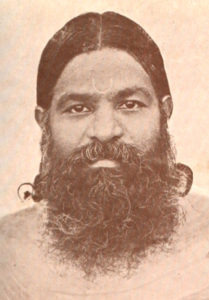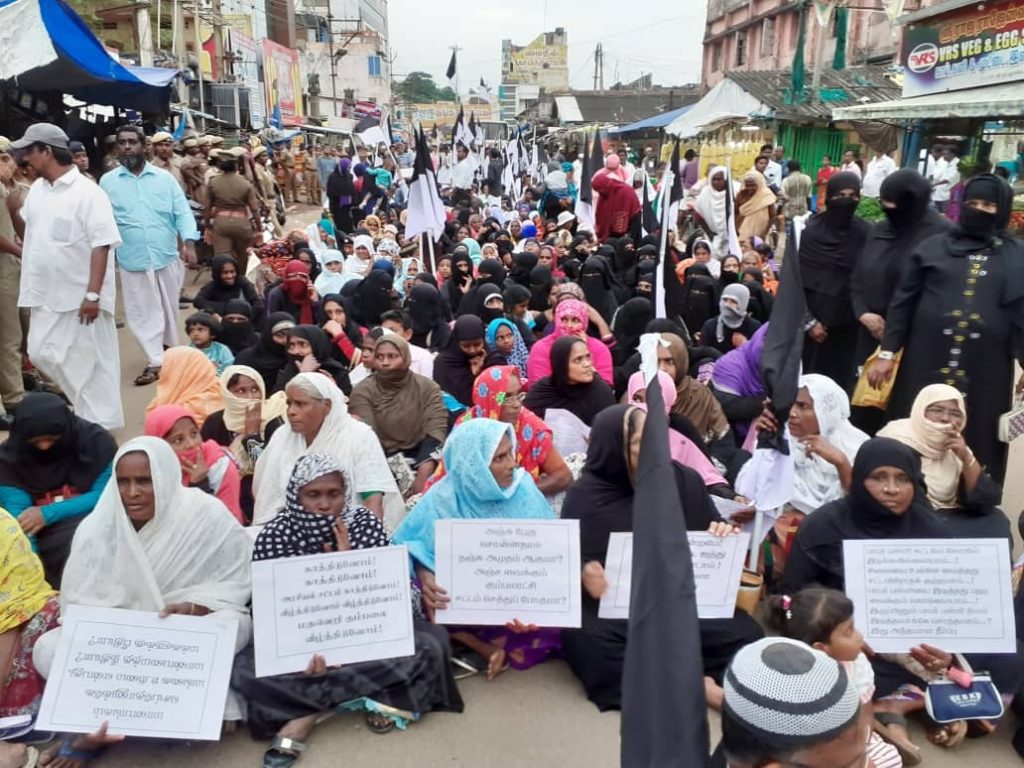
Varahaneri Venkatesa Subramaniam Aiyar (2 April 1881 – 3 June 1925), also known as V.V.S. Aiyar, was born to a middle class family of Tiruchi on 2 April 1881. He studied Tamil, Sanskrit, English, French and Latin. He was a good wrestler, sharp shooter, proficient in all branches of athletics including swimming. He was 44 years old when he died on 3 June 1925. It was a relatively short life. He will be remembered both as an early Tamil revolutionary and as the father of the modern Tamil short story. Aiyar was amongst the foremost Tamil writers to compose excellent short stories giving adequate notice to form, which is of supreme significance. The renowned Tamil short story writer has also translated one of the short stories, titled Kapulivala, composed by Rabindranath Tagore (in Bengali) into Tamil. ,.
Three brilliant sons of Tamil Nadu, Poet C.Subramania Bharathi, Scholar-Revolutionary V.V.S.Aiyar and Swadeshi Steamship hero, V.O.Chidambaram Pillai were all dedicated patriots who worked with a passion, each in his chosen field for the liberation of Bharatmata. Whilst the names of Bharathi and Chidambaram Pillai are familiar to present day India, it cannot be said that it is equally familiar with the name of V.V.S.Aiyar.
V.V.S.Aiyar passed the Pleader’s Examination in Madras in the First Grade in 1902 and thereafter practised as a Pleader in the District Court of Tiruchi. In 1906, he went to Rangoon, and practised as a junior in the Chambers of an English Barrister whose clientele included a number of Tamil businessmen who were resident in Burma. From Rangoon, he left for London in 1907, enrolled in Lincoln’s Inn with a view to becoming a Barrister at Law. His intentions at that time was to study English music and also to learn English dance. However, his life changed dramatically when he came in contact with Vinayak Damodar Savarkar. He was the right hand man of Savarkar in organizing the Indian Home Rule League and giving training for a violent uprising for India’s liberation.
In 1910, Aiyar resigned his membership of Lincoln’s Inn. A warrant was issued by the British for his arrest and Aiyar escaped to Paris. But he had no wish to remain in Paris as a political exile. He returned to India, albeit to French Pondicherry, and there met with both Subramaniya Bharathi and Aurobindo. He remained in Pondicherry for ten years until after the end of the first World War. In Pondicherry, Aiyar was involved in the plot to assassinate Ashe, the Collector of Tirunelveli. One of his students, Vanchinathan assassinated General Ashe. Thus more trouble arose for Aiyar and his companion Subramanya Bharathi. It was during this period that he translated the whole of the Thirukural into English. Aiyar thought that the French Government might any day force him out of Pondicherry, and wanted to leave something behind him which might keep his memory green among his countrymen even though his body should be removed by force out of the Tamil land which he loved so dearly. He therefore set about to think as to what would be the best thing for him to do under these circumstances, taking into consideration the very short and precarious period of time at his disposal. It did not take him long to decide that if he could translate into English the shortest and at the same time the most perfect of the ancient Tamil classics, he could claim a small corner in the memory of his countrymen. He therefore set to work at it at top speed and completed it in 5 months time.
After the end of World War I, V.V.S.Aiyar returned to Chennai and functioned as the Editor of the journal Desabhaktan. In September 1921 he was arrested for sedition and sentenced to 9 months imprisonment. And it was in prison that V.V.S.Aiyar wrote his magnum opus – a study of Kamban’s Ramayana. He wanted, as was his personal trait, to infuse a sense of courage and heroism in people and towards this end he wrote a number of biographies of freedom fighters and warriors. A biography of Garibaldi, the Italian patriot, was written by him as a serial in ‘India’. He did a biography of Guru Govind Singh also.
V.V.S.Aiyar drowned in the Papanasam Falls in June 1925 while trying to save his drowning daughter.
On his death, Vinayak Damodar Sarvakar paid a moving tribute in the journal, Mahratta: “For indeed he was a pillar of strength, a Hindu of Hindus, and in him our Hindu race has lost one of the most exalted representatives and perfect flower of our Hindu civilisation – ripe in experience, and mellowed by sufferings and devoted to the service of men and God, the cause of the Hindu Sanghatan was sure to find in him one of its best and foremost champions in Madras….. It is the loss of Aiyar, the scholar, the friend, the noblest type of a Hindu gentleman, the author of Kural (in translation), the saintly soul whose life has been one continuous sacrifice and worship, that we so bitterly bewail today and bitterly chafe at our inability to pay a public tribute to his memory in a fashion worthy of the noble dead. Oh, the times on which our generation has fallen! The noblest sink down and are washed off to the shores of death, while the unworthy keep gaily swimming on the tides of life. But thou hast done thy duty, friend! It was for Human Love that thou lived, and died too for human love as martyr unto her. Thou knew no peace in life, oh Soldier of God. But peace be with thee in Death. Oh friend, peace be with thee and divine rest!”

